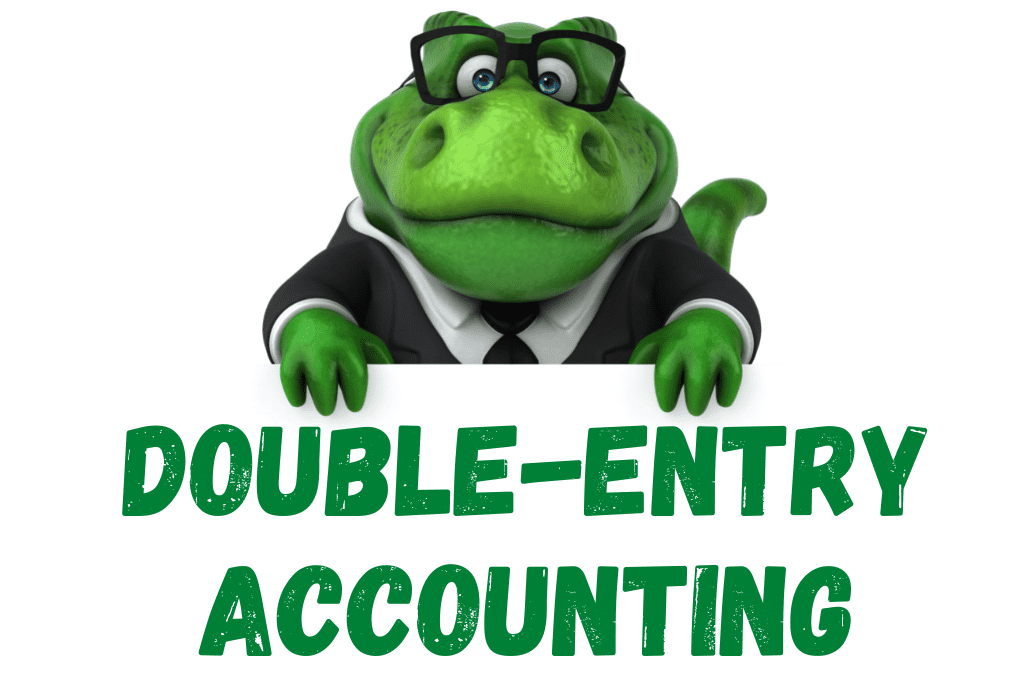Double-entry Accounting is an accounting system that tracks two or more parts of every business transaction. It is based on the Accounting Equation [Assets = Liabilities + Equity]. The equation must always balance by entering two or more parts of every transaction.
To learn more about the Accounting Equation, check out this article:
As an example, a business sells a service to a customer. That transaction includes two parts. It impacts at least two accounts. In this case, the two accounts are Cash and Revenue–the receipt of payment (cash) and the sale of the service (revenue).
When a business purchases office supplies, two accounts are impacted–Offices Supplies Expense and Cash.
Double-entry accounting is able to track multiple parts of a transaction and it covers the full range of business transactions allowing for a better and more accurate view of business health.
Businesses that own assets like vehicles or buildings or that carry inventory need to use double-entry accounting to accurately track all activities. This is the method used by accounting software packages such as QuickBooks, FreshBooks, Xero, and Sage.
What is the Difference Between Single-Entry and Double-Entry Accounting?
Single-entry accounting tracks revenue and expenses. It tracks only cash coming in and going out in a business. Double-entry accounting tracks assets, liabilities, equity, revenue, and expenses. It offers greater insights into what a business owns (assets) and what a business owes (liabilities and equity).
Single-entry accounting is similar to keeping track of finances using a check book or online banking. The information provided is simple and straightforward. It provides the basic information needed to create a simple Income Statement (also called a Profit and Loss Statement.)
Single-entry accounting or bookkeeping may be appropriate for very small businesses like service businesses (hair stylist, dog groomer, house cleaner).
For a business that owns assets like vehicles or buildings or tracks inventory double-entry accounting is needed to track all aspects of a the finances of a business including assets, liabilities, owner’s equity, revenue, and expenses.
-
How to Know What to Debit and What to Credit in Accounting
If you’re not used to speaking the language of accounting, understanding debits and credits can seem confusing at first. In this article, we will walk through step-by-step all the building
-
How to Analyze Accounting Transactions, Part One
The first four chapters of Financial Accounting or Principles of Accounting I contain the foundation for all accounting chapters and classes to come. It’s critical for accounting students to get
-
What is an Asset?
An Asset is a resource owned by a business. A resource may be a physical item such as cash, inventory, or a vehicle. Or a resource may be an intangible
-
Difference Between Depreciation, Depletion, Amortization
In this article we break down the differences between Depreciation, Amortization, and Depletion, discuss how each one is used, and what the journal entries are to record each. The main
-
What are Closing Entries in Accounting? | Accounting Student Guide
What is a Closing Entry? A closing entry is a journal entry made at the end of an accounting period to reset the balances of temporary accounts to zero and
-
What is a Liability?
A Liability is a financial obligation by a person or business to pay for goods or services at a later date than the date of purchase. An example of a

